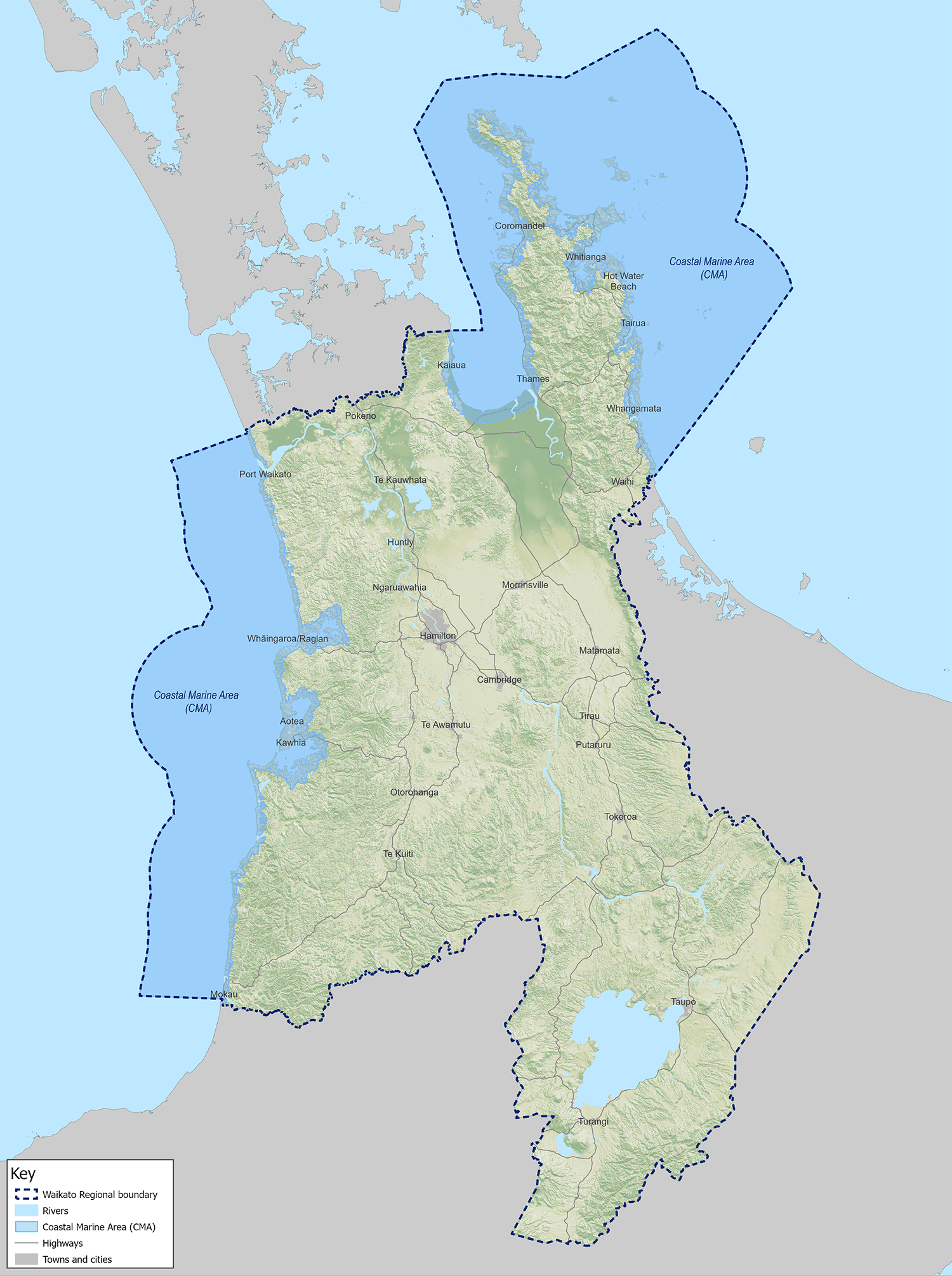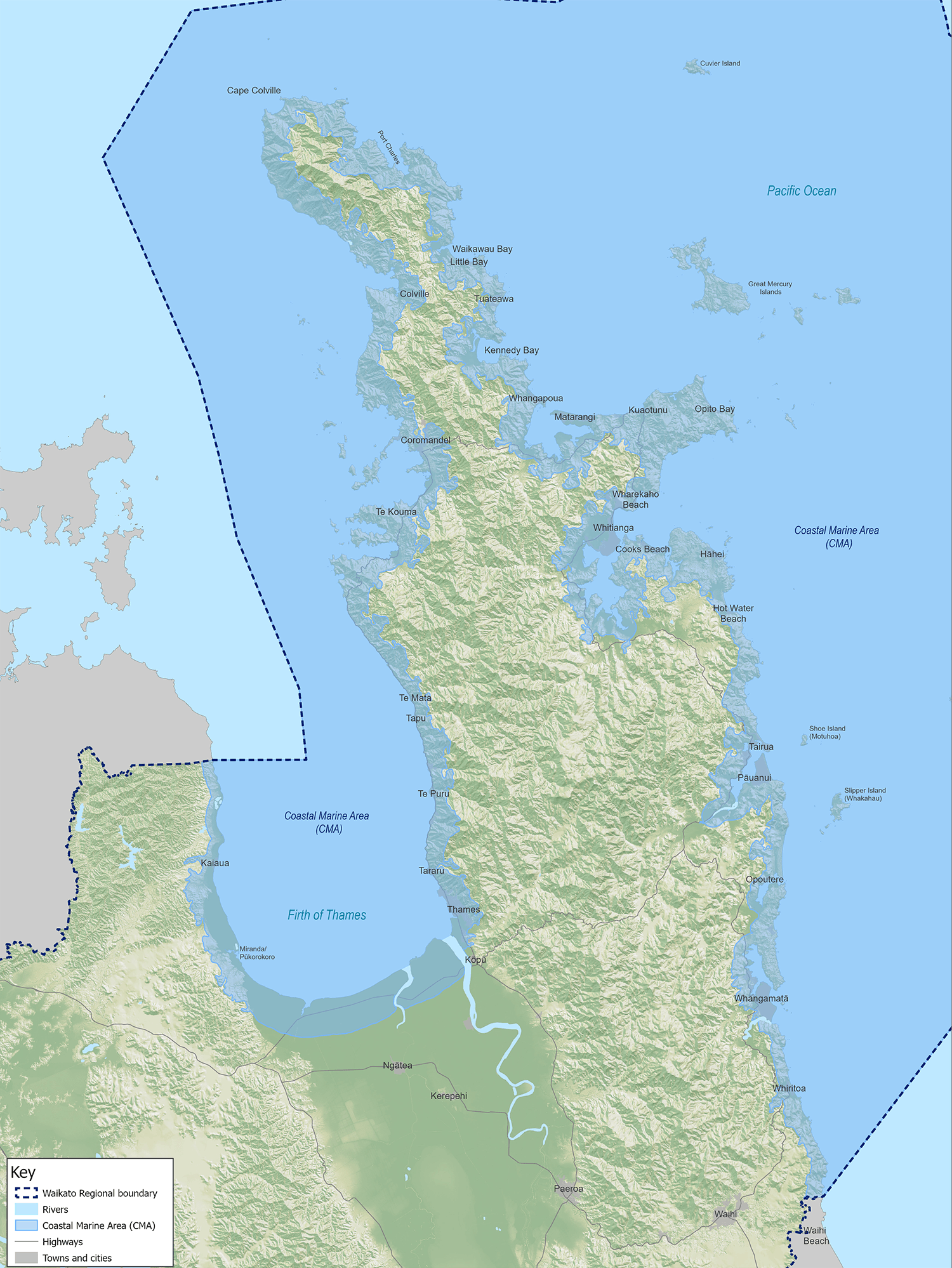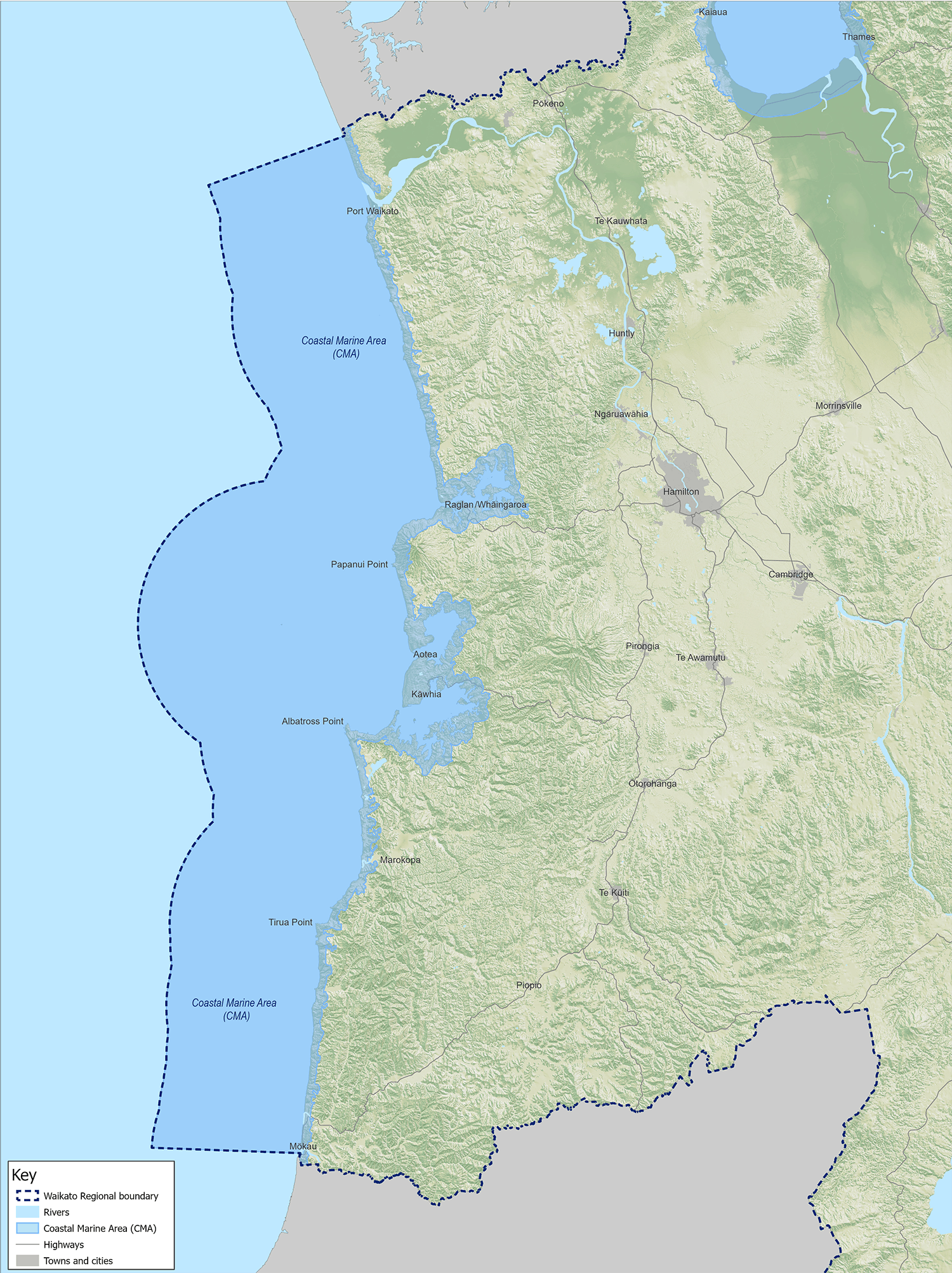Waikato Regional Coastal Plan review - stakeholder feedback
Consultation has concluded

Te Mahere Takutai Moana ā-Rohe o Waikato | Waikato Regional Coastal Plan review: stakeholder feedback
The Resource Management Act (RMA) requires the coastal plan to be reviewed every 10 years to update provisions, as necessary, and take into account legislative changes and national and regional policy direction.
The Coastal Plan became operative in 2005 and a lot has changed since then.
- It does not fully implement some statutory documents, e.g. New Zealand Coastal Policy Statement, and national policy statements and environmental standards
- Some of the rules in the plan do not sustain values of the coastal marine area, enable regional development, or incorporate Treaty Settlement obligations
- It’s also been identified as confusing, and difficult to meet, monitor and enforce.
As part of the review process we sought feedback from a range of stakeholders, including iwi, agencies, industry and coastal users and residents.
We wanted input from iwi to ensure the draft coastal plan meets the needs of tangata whenua. We were also keen to find out more about the sites that provide for cultural values and practices within the coastal marine area.
Waikato communities told us that the coastal plan needs to protect and enhance our unique way of life by providing for the restoration of indigenous habitats and ecosystems, prohibiting discharges and establishing water quality standards, and managing disturbances to protect natural coastal processes.
And at the same time, address climate change and the impacts of coastal erosion and inundation, while providing for tangata whenua perspectives and values, and support for our region’s aquaculture industry.
The feedback shared with us helped to inform further revisions to the draft coastal plan.
Kina image: Luke van Helden.




